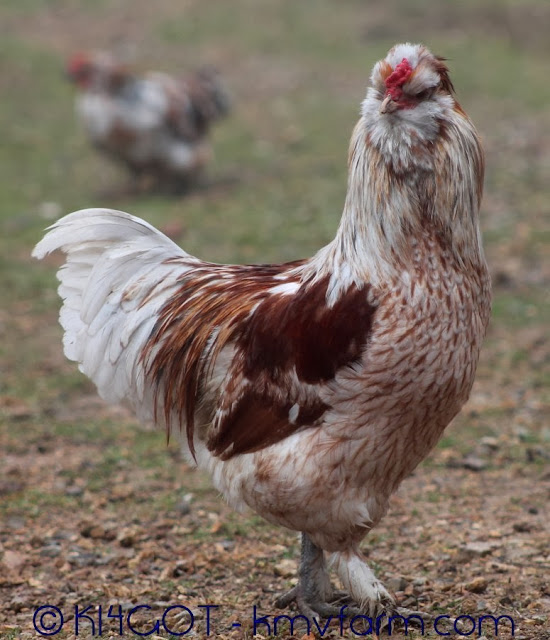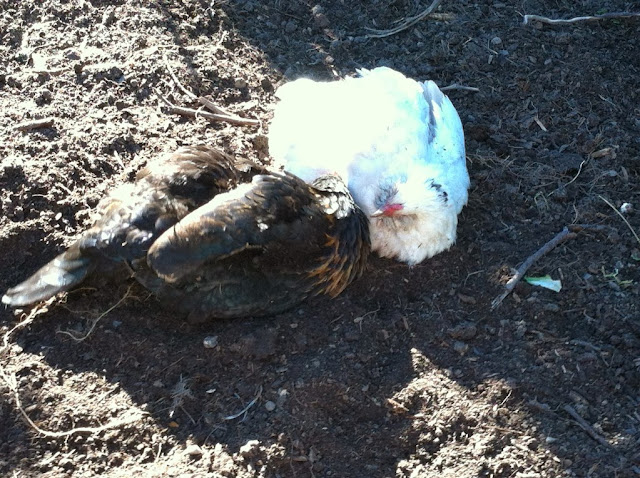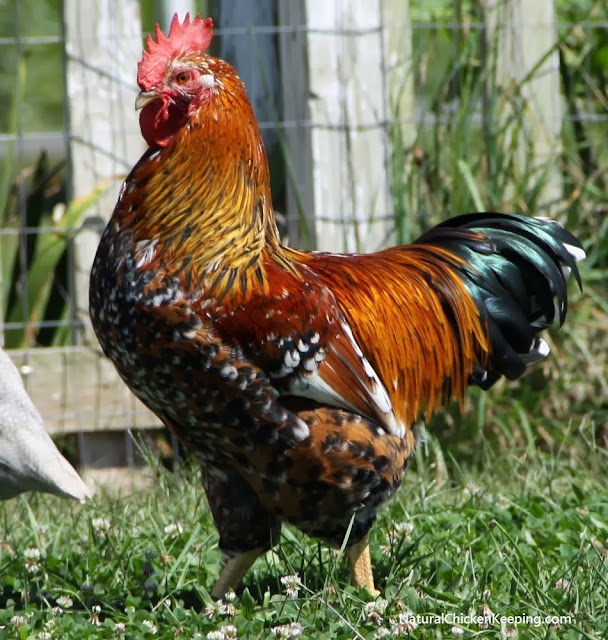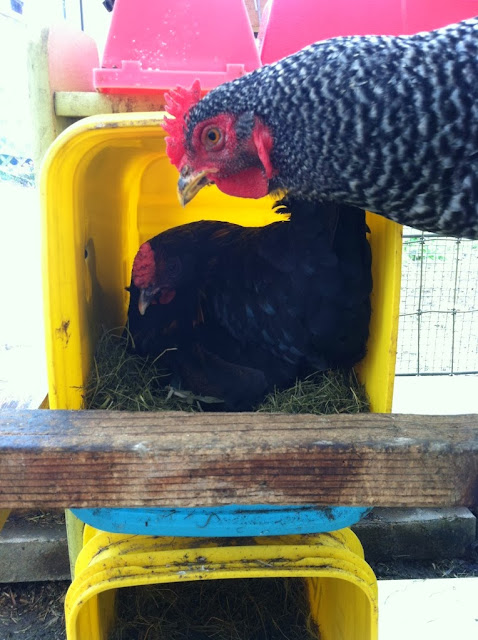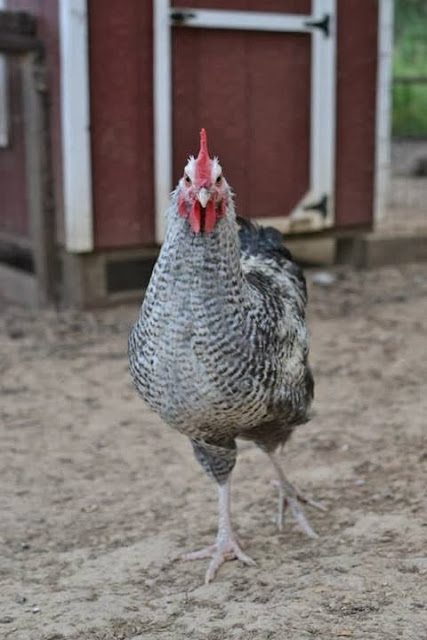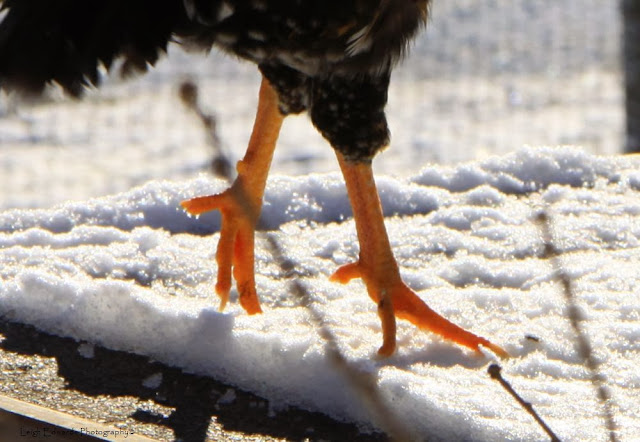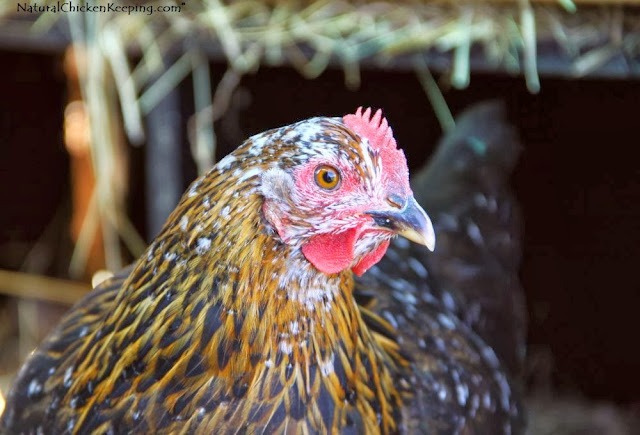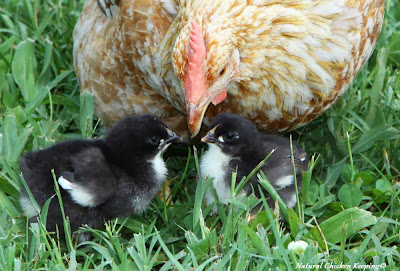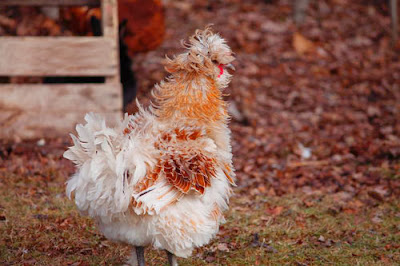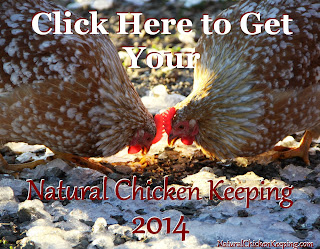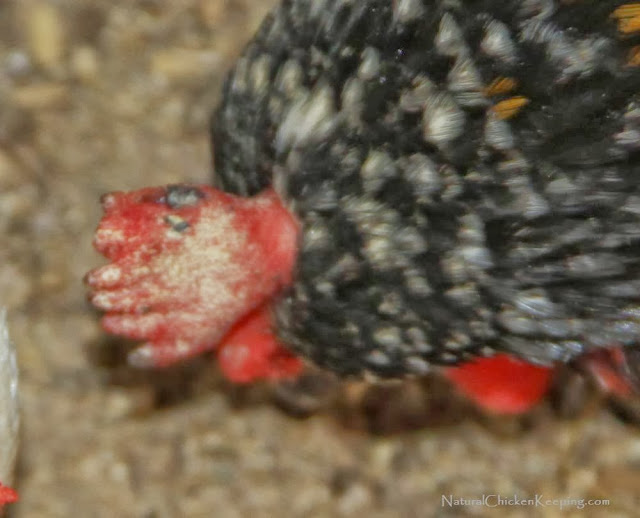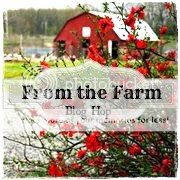By Leigh -
Yesterday when my family went to the grocery store, I spied a neat little seasonal special - popular soft drinks in little, round bottles that can be used as Christmas tree ornaments. And of course just like any other normal chicken obsessed wacko person, my first thought was, "Chicken Toy!"
This project is about as inexpensive as it gets and only takes a few minutes to create. This is the perfect boredom buster for penned chickens... though I have to say, my free-range flock has been playing with their toy for hours now!
Step 1: Empty the bottle and rinse thoroughly. You can actually make this kind of toy with any of the single-serving plastic soda bottles - I just thought this round one would be even more fun to use.
Step 2: Take the plastic outer wrap off of the bottle. The neat thing about these little seasonal bottles is that the outer wrap has a perforation which makes it very easy to remove.
Step 3: Use a 1/4" drill bit to drill about 5-10 holes into the bottle. Before you submit your project to the
Nailed-It meme base, just know that only the coolest people will end up with a mashed monster of a project at this stage.
OK - so I'm not Martha Stewart...
When your inner creative genius hands you squished lemons, find a stick and poke them into lemonade!
I found a stick with a part of a branch coming off the end which gave it a bit of an "L" shape. I inserted it into my squashed mess of a DIY project and got things straightened out a bit.
It doesn't have to be perfect! After all, you are going to throw it into your chicken yard.
Step 4: Put some scratch and some dry feed into your chicken toy...
And let the fun begin!
So - I spent $1.00 on a cute little round drink bottle and turned it into a toy that my chickens have not left alone since I put it outside about 7 hours ago (as of the writing of this article). That's not a bad return-on-investment if you ask me!
When one chicken looses interest, another comes right up and starts rolling it around until treats fall out. This toy is currently about 50 feet from where I originally set it down in the yard. The chickens can see the treats inside the bottle which keeps them trying to find a way to get those treats out.
So if you are worried about your flock not having enough to do, give this a try. I'm sure your chickens will love it as much as mine do.
- Leigh
And keep your eyes open - we'll be doing giveaways throughout the month of December! Be sure to enter - you could win some really great prizes!
*






